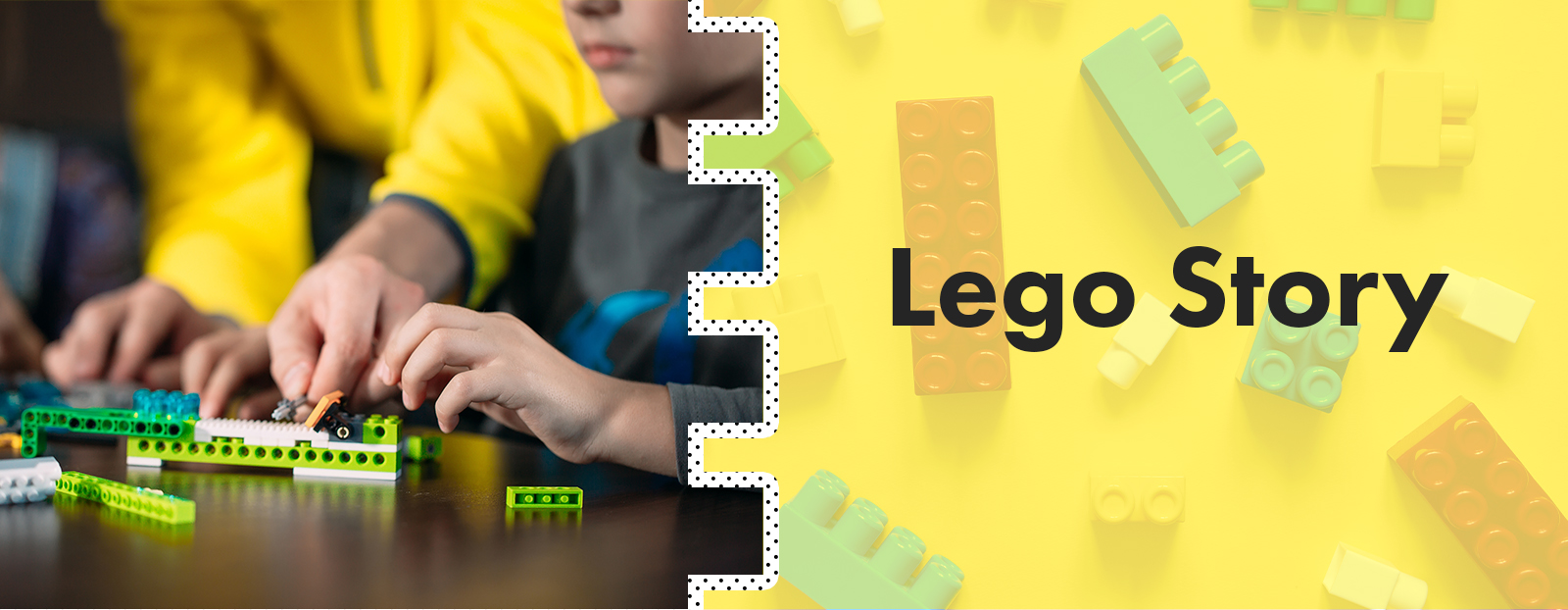
Lego Story
Lead:
The story of Lego tells us a series of problems of the Lego company. This history tells us how to solve each puzzle and define a new path every time to become successful. Every business person has a lot to learn from this Lego story. It is a must-read.